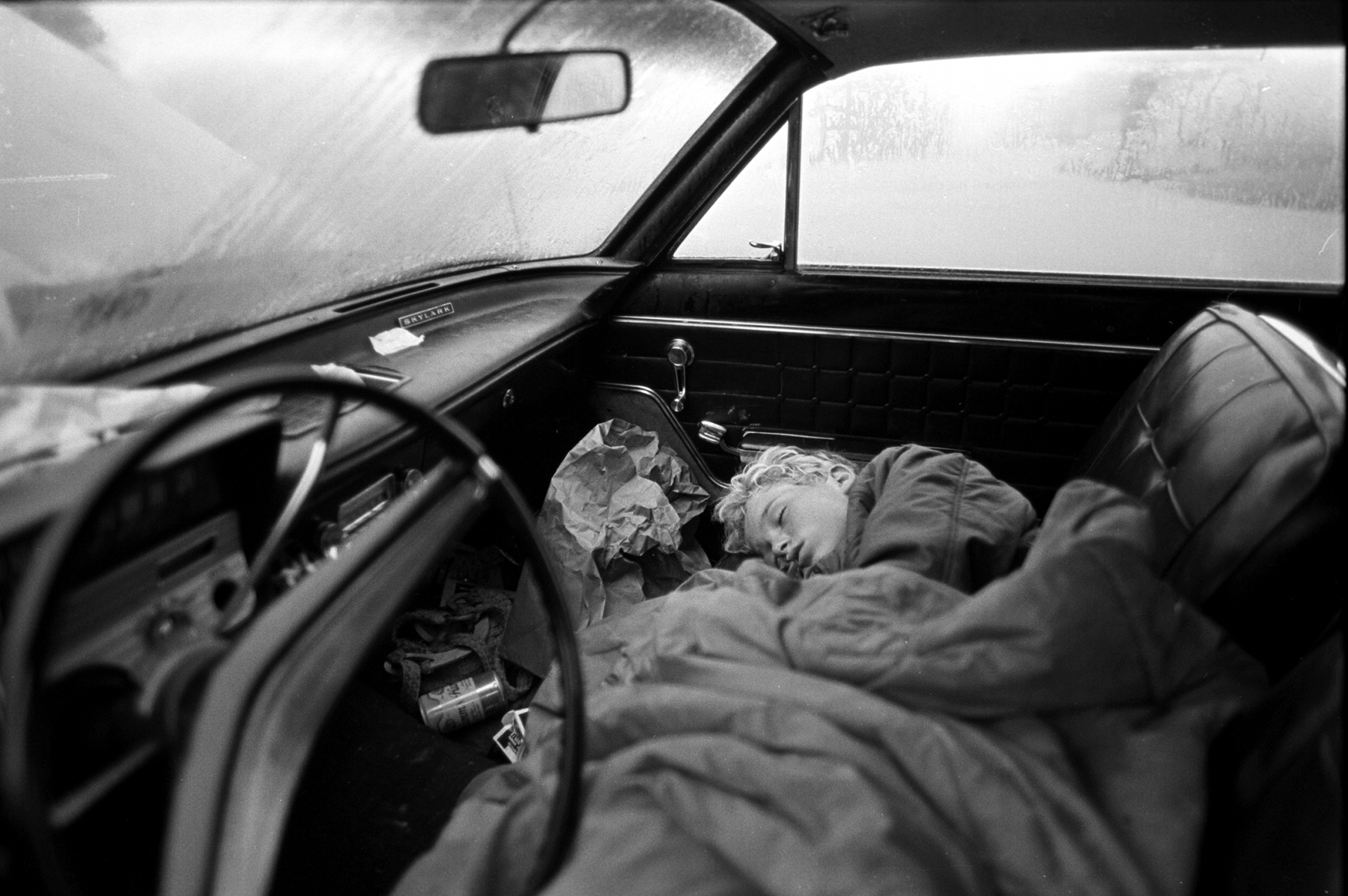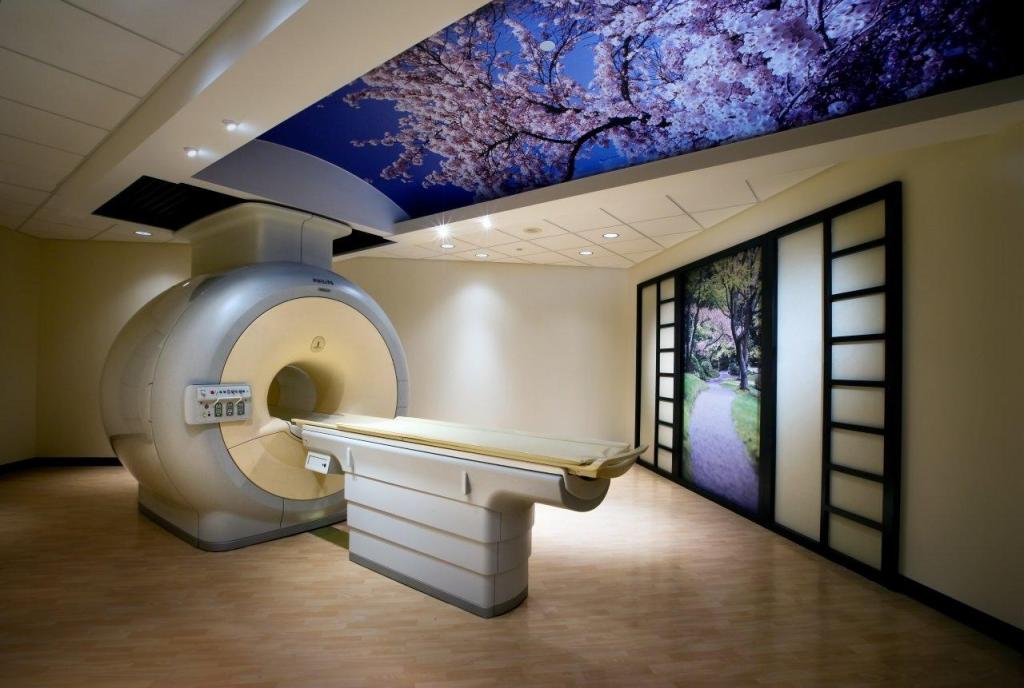'Without some kind of intellectual mechanism, then you get this terrible, terrible thing that is just meaningless transcription'
(Hodgson 2012)
Fig. 1: Kessels 2001. 24 Hours in Photographs [photograph]
Kessels' image above brings out a lot of questions about my own current practice. Metaphorically every photographer's works are in this sea of images. What is the purpose of mine? What role will they play. Who will find them important, entertaining, delightful, disruptive? And how selective am I about what I put out into the world?
My Intent:
As a photographer of over 20 years, much of my learning has been self initiated. My undergraduate was in Elementary Education, with certifications in Library Media and ESL. Working with, and mentoring children is a passion of mine. I eventually shifted gears out of the public workplace to be passionate about raising my own five children. I'm not sure if I would say photography is a passion for me, I believe my true passion is capturing and cultivating beauty, freezing time and exploring wonder, and photography is simply the means to that end. Thus, secondhand-idly photography may be a great passion after all.
I started this MA program to fill the holes I feel exist in my current self-directed practice. But it has opened more doors to critically thinking about photography itself and my intent thereof is to follow through those opened doors to wherever they may lead.
Human Choices and My Practice:
My photography is edited. I use software, stock and graphically designed objects. If photography is capturing a reality with a lens, my photography aims to capture the world beyond the rules of reality. The world inside the mind- specifically the imaginative minds children possess.
Fig. 2: Slade 2017. [photograph]
I have often found it amazing how freely children step into and out of the world of imagination, and how readily children want to accept a world with no limits.
Fig. 3: Slade 2018. [photograph]
I choose to work in an illustrative, almost over processed format. Allowing my painterly look combined with extreme dodging and burning to take the photo itself away from its realistic counterparts, symbolic of the step away from reality they represent.
Fig. 4: Slade 2017. [photograph]
I also lean toward a lot of detail. I love my images to have stories with-in stories, as my audience is partially the children themselves I cater to short attention spans, lots of color and movement. These are some of the 'human choices' that I feel define my images.
Fig. 5: Slade 2017. [photograph]
However it can be a careful balance and sometimes my images have too many details, busy to the point that the subjects blend with the background and your eyes wander without direction or focus. But it all depends on objective.
Fig. 6: Slade 2017. [photograph]
In viewing the Falmouth class video, "Modernism, Postmodernism and Back Again," I recognized that I often connect and view my work from the angle of Artist even thought photography is my medium. I wondered why I often find myself breaking the 'rules' of photography in ways that seem to work for me and after hearing Ken Rockwell's explanation of artist vs. photographer in reference to Andreas Gursky's Rhine II, I quickly connected it to my own work (Rockwell and Zang, 2011).
Breaking the rules can make us more conscious in the act of looking, and create interest and introspection. However I have broken rules before that did not end up well; for instance in this unicorn image below the light is coming from two different directions and makes the girl appear disconnected from the background. I realize the rules of photography can be altered, where as the rules of reality (even in a image of non-reality) must continue to exist.
Fig. 8: Slade 2017. [photograph]
Here you can see the difference when the light blends correctly:
Fig. 9: Slade 2017. [photograph]
My Project:
Currently my MA project revolves around
creating through the medium of composite photography a collection of
surrealistic, vibrant images of optimism, joy and beauty in
representation of the resilient nature of childhood; specifically focusing
on children facing complicated and often anxiety filled life situations; including illness, disability, genetic disorders, and any other serious oppositions children find themselves facing.
With the additional aim to donate the created images to healthcare and
other facilities to promote hope and an atmosphere of healing to
children and adults in difficult circumstances. With the purpose of mental and physical health benefits for those who view them in a hospital or other setting, typically in current situations of anxiety.
In Context:
Capturing childhood is not new to photography.
Fig. 10: Photographer Unknown. [photograph]
Childhood in the early 1930’s, Slade Private Collection 2018.
This is my husband’s grandfather and one of my all time favorite
representations of childhood. Photographer unknown.
"Historically, artistic portrayals of children and childhood have gone
through many transformations, reflected in the produced imagery of
childhood itself. The mythologies range from picturing ‘childhood’ as
cherubs in joyous moments of idealism, to a less prejudiced view of
children and their experiences as demanded by advent-garde voices
starting in the 1970’s (Holland, 2004). "
As well as capturing opposition in childhood. For example, the collection of images in Stephen Shames
'Outside The Dream: Child Poverty in America' in which Charles Hagen of the New York times comments,
"The greatest strength of "Outside the Dream" is its bracing tone of moral outrage at the effects that poverty can have on children. In trying to promote social change by arousing public opinion, Mr. Shames follows in the honored documentary tradition of Jacob Riis and Lewis Hine."
The mentioned Jacob Riis and Lewis Hine are two other classic examples of creating images of childhood opposition.

Fig. 11: Shames, Asleep in Car
But there is variety in representation as well. For example Wendy McMurdo represents childhood by exploring the effects of technology in young education. She tells Katrina Sluis that her earlier work asked or posed questions about the "way in which traditional play differs from play involving computational objects." (Sluis, 2018).
Fig. 12: McMurdo 2016. Young Girl
My Plans:
Unlike many childhood photographers I hope to represent opposition in childhood through the vision of resiliency these children often maintain throughout their difficult circumstances.
Instead of the lovely but somber and dreary images, like represented by the very talented Lorretta Lux;
Fig. 13: Lux 2001. Hidden Rooms 2
I hope to bring out play, hope and joy perhaps like the lighter and more playful Jan von Holleben who describes himself as a photographer author and prefers the term 'visual communicator' instead of illustrator.
Fig. 14:Von Holleben. Dreams of Flying
Recently I have been introduced to the paintings of Marc Chagall and I absolutely love his organized chaos of color and his complicated imaginative spaces. I hope to add him to my studies this semester.
Fig. 15: Chagall, 1912, The Fiddler
Throughout this course I hope to fine tune my editing process and develop a clearer conceptual base for my images that may open up the context of my images to allow them to be more contemplative in regards to the viewer vs. the story of the child in the image.
I hope to more carefully tie the visual information together to further demonstrate resilience but in ways that avoid the overdone and cliche' also by individualizing my characters.
I am partnering with a couple not-for-profit organizations that follow the movement of getting art in hospitals and since my contextual outlet will be in medical facilities I also hope to study more about the medicinal properties of art itself, including the psychology of architecture and design, healing properties of color, art as therapy, and healing environments, and look forward to incorporating that knowledge into my pieces.
Figure. 1: Kessels. 2001. 24 Hours in Photographs [photograph]
Figure 2-9: Bren SLADE. 2017-2019. Private Collection: Bren Slade.
Figure 10: Unknown. Private Collection: Bren Slade
Figure 11: Stephen SHAMES, Asleep in Car. [photograph] V&A 2019 [online]. Available at: https://stephenshames.com/projects/outside-the-dream-child-poverty-in-america/
Figure 12: Wendy MCMURDO. 2016. Young Girl
Fig. 13: Lux 2001. Hidden Rooms 2. V&A 2019 [online]. Available at: http://lorettalux.de/selected-works/
Fig 14: Jan VON HOLLENBEN, Dreams of Flying. V&A 2019 [online]. Available at: https://petapixel.com/2009/08/06/interview-with-jan-von-holleben/
Figure 15: Marc CHAGALL, 1912, The Fiddler
Hagen, C. 1993, Review/Photography; Poverty Among America's Children: Review, Late (East Coast) edn, New York Times Company, New York, N.Y.
Hodgson, F. 2012 Quality Matters at Fotoboekenmarathon (16th December 2012)
www.fotoboekenmarathon2012-Francis Hodgson
(Links to an external site.)
Links to an external site.Holland, P. (2004) Picturing Childhood; the myth of the child in popular
imagery. London: Tauris
https://www.huffingtonpost.com/2011/11/14/erik-kessels-photographer_n_1092989.html
Kelly, T. 2011, Erik Kessels, Photographer, Prints Out 24 Hours Worth Of Flickr Photos,
'Young Girl IV 2016. by Wendy McMurdo; VIEWFINDER', Daily
Telegraph (London, England),2017, pp. 3.
Sluis, K. 2018, Interview with Wendy McMurdo, Unthinking Photography
https://unthinking.photography/articles/interview-with-wendy-mcmurdo
Zhang, M. 2009. Interview with Jan Von Hollenben, PetaPixel
https://petapixel.com/2009/08/06/interview-with-jan-von-holleben/
Zhang, M. 2011. Why Gursky's Photograph of the Rhine is the World's most Expensive Photograph in PetaPixel
http://petapixel.com/2011/11/14/why-gurskys-photo-of-the-rhine-is-the-worlds-most-expensive-photo/ (Links to an external site.)Links to an external site.




















